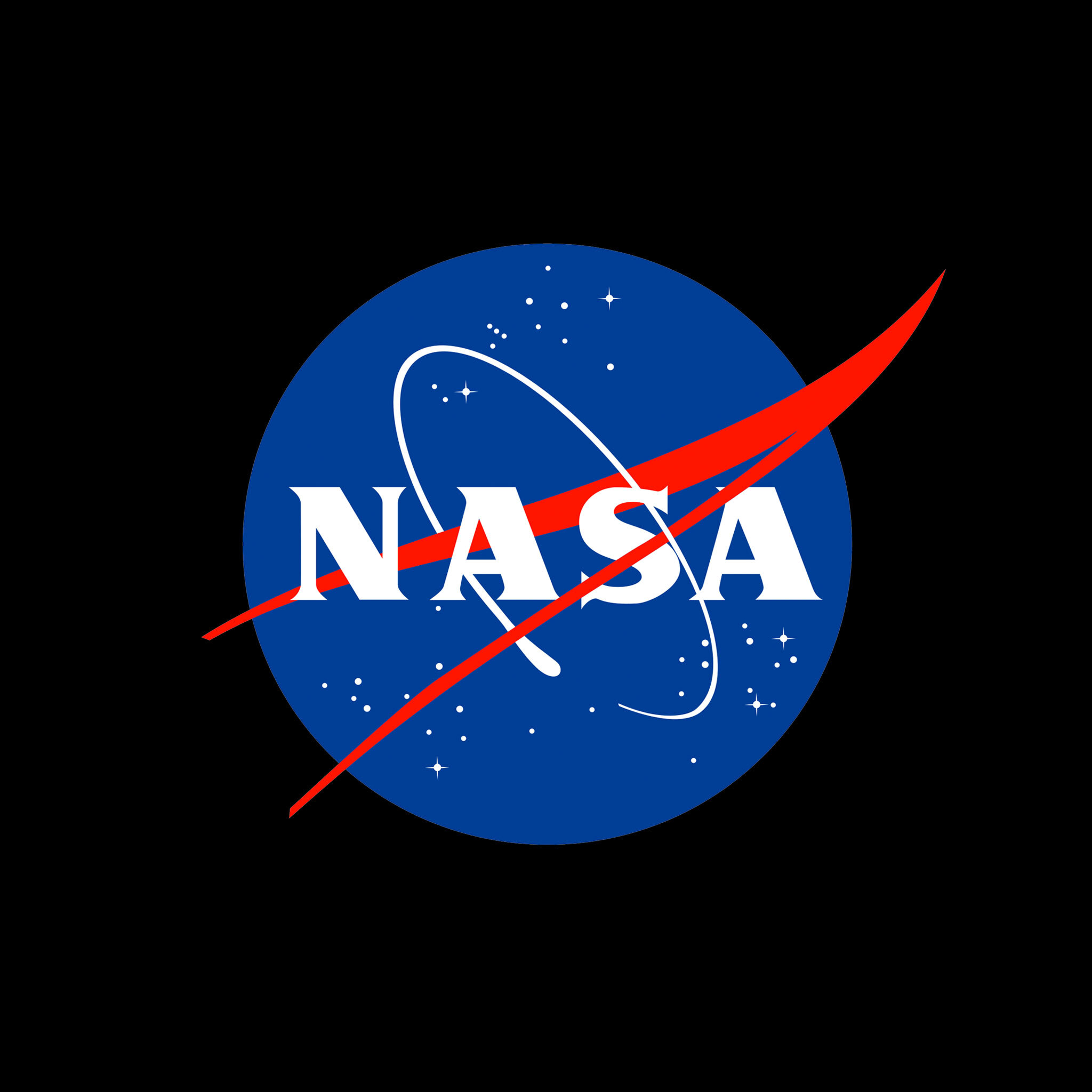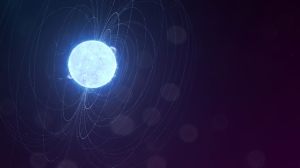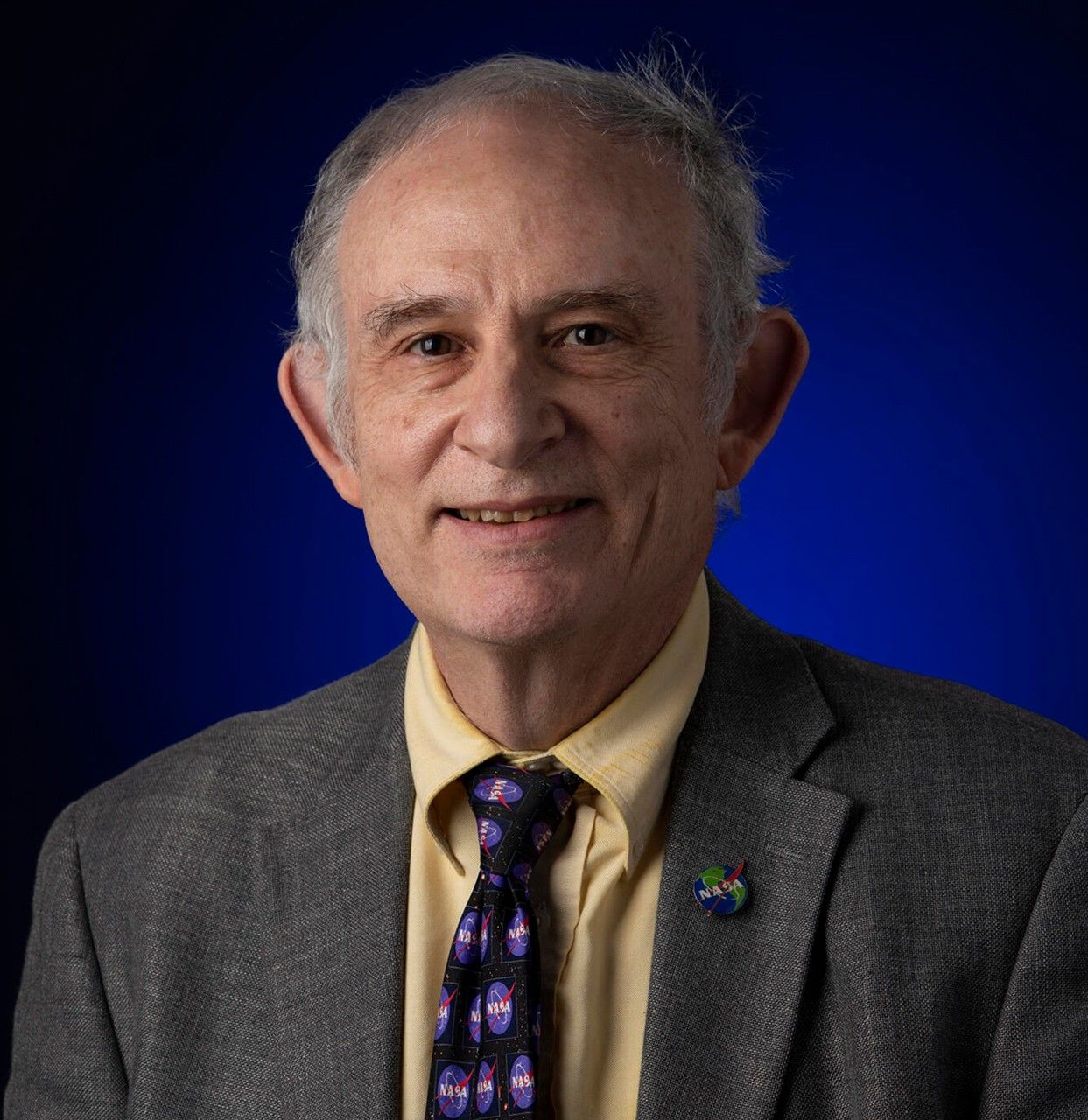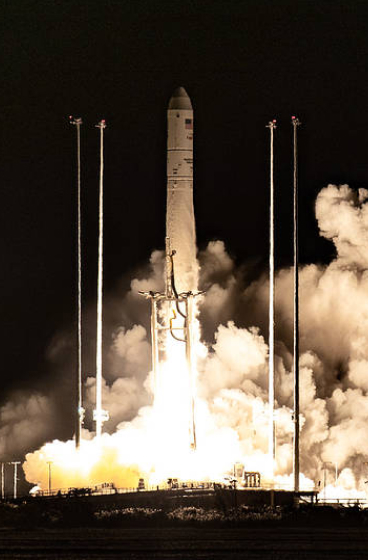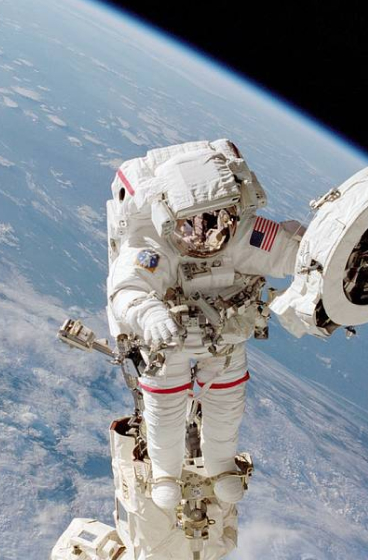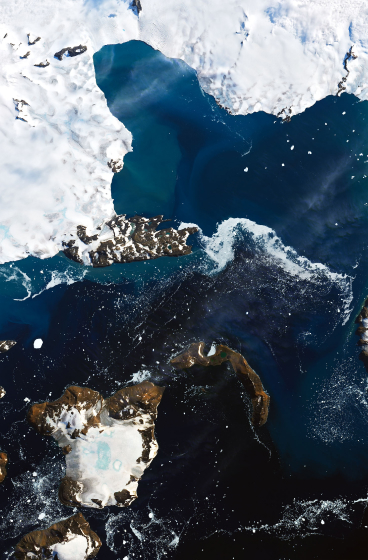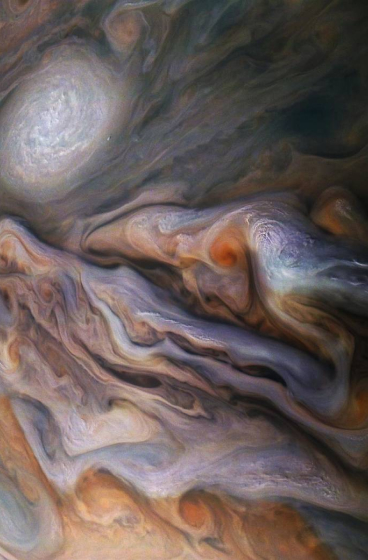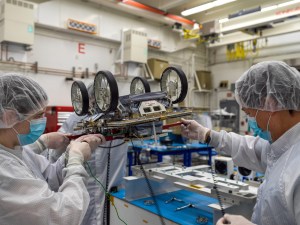How Do We Do Research in Zero Gravity? We Asked a NASA Expert: Episode 62
3 min read
Preparations for Next Moonwalk Simulations Underway (and Underwater)
How do we do research in zero gravity?
Actually when astronauts do experiments on the International Space Station, for instance, to environment on organisms, that environment is actually technically called microgravity. That is, things feel weightless, but we’re still under the influence of Earth’s gravity.
Now, the very microgravity that we’re trying to study up there can make experiments actually really kind of difficult for a bunch of different reasons.
First of all, stuff floats. So losing things in the ISS is a very real possibility. For example,
there was a set of tomatoes that was harvested in 2022 put it in a bag and it floated away and we couldn’t find it for eight months.
So to prevent this kind of thing from happening, we use a lot of different methods, such as using enclosed experiment spaces like glove boxes and glove bags. We use a lot of Velcro to stick stuff to.
Another issue is bubbles in liquids. So, on Earth, bubbles float up, in space they don’t float up, they’ll interfere with optical measurements or stop up your microfluidics. So space experiment equipment often includes contraptions for stopping or blocking or trapping bubbles.
A third issue is convection. So on Earth, gravity drives a process of gas mixing called convection and that helps circulate air. But without that in microgravity we worry about some of our experimental organisms and whether they’re going to get the fresh air that they need. So we might do things like adding a fan to their habitat, or if we can’t, we’ll take their habitat and put it somewhere where there might already be a fan on the ISS or in a corridor where we think they are going to be a lot of astronauts moving around and circulating the air.
Yet another issue is the fact that a lot of the laboratory instruments we use on Earth are not designed for microgravity. So to ensure that gravity doesn’t play a factor in how they work, we might do experiments on the ground where we turn them on their side or upside down, or rotate them on a rotisserie to make sure that they keep working.
So, as you can tell, for every experiment that we do on the International Space Station, there’s a whole team of scientists on the ground that has spent years developing the experiment design. And so I guess the answer to how we do research in microgravity is with a lot of practice and preparation.
[END VIDEO TRANSCRIPT]
Details
Explore More
Discover Related Topics

